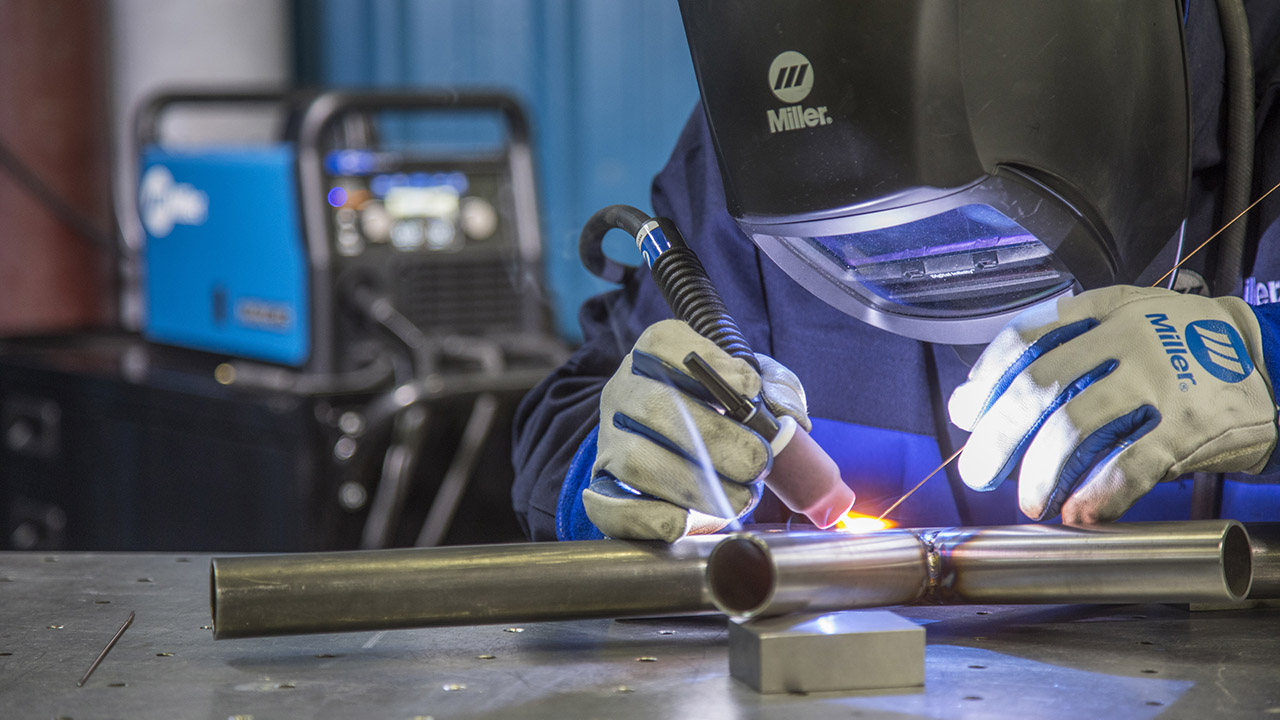Why a Welding WPS is Crucial: Enhancing Uniformity and Compliance
Why a Welding WPS is Crucial: Enhancing Uniformity and Compliance
Blog Article
Getting Welding Excellence: Introducing the Secrets of WPS Execution and Optimization
In the world of welding, attaining excellence is a pursuit that hinges on the meticulous application and optimization of Welding Treatment Specifications (WPS) These foundational documents serve as the foundation of welding operations, dictating the procedures and specifications required for creating premium welds constantly. However, the keys to opening the complete possibility of WPS lie not just in understanding its significance yet also in grasping the complexities of its implementation and optimization. By diving into the crucial components, approaches, difficulties, and finest methods associated with WPS, a world of welding quality awaits those that agree to discover its midsts.
Relevance of WPS in Welding
The Significance of Welding Procedure Specs (WPS) in the welding market can not be overemphasized, working as the backbone for making sure uniformity, quality, and security in welding operations. A WPS provides in-depth guidelines on how welding is to be performed, including crucial variables such as materials, welding procedures, joint design, filler steels, interpass and preheat temperatures, welding currents, voltages, traveling rates, and much more. By sticking to a distinct WPS, welders can preserve uniformity in their job, causing regular weld top quality throughout different jobs.

Crucial Element of WPS
Going over the integral elements of a welding treatment specification (WPS) is vital for understanding its role in welding procedures. One critical element of a WPS is the welding process specification, which details the certain welding procedures to be utilized, such as gas tungsten arc welding (GTAW) or secured steel arc welding (SMAW) By integrating these key aspects right into the WPS, welding treatments can be standardized, making certain top quality, performance, and safety and security in welding procedures.
Methods for WPS Optimization

Secondly, training and credentials of welding employees according to the certain requirements of the WPS is extremely important. Giving thorough training programs and ensuring that welders are certified to perform procedures detailed in the WPS can lead to greater high quality welds and minimized rework.
In addition, leveraging innovation such as welding software and monitoring systems can assist in optimizing WPS. These devices can aid in tracking variables, ensuring specifications are within defined limitations, and providing real-time responses to welders, allowing them to make immediate modifications for boosted weld high quality.
Typical Challenges and Solutions
Facing challenges in implementing the methods for WPS optimization can impede welding operations' efficiency and high quality. One common difficulty is insufficient training or understanding of the welding treatment requirements (WPS) amongst the welding team. This can result in improper execution of welds, leading to defects and revamp. To resolve this, detailed training programs must be executed to make sure that all welders are skillful in interpreting and using WPS precisely.
An additional obstacle is the absence of correct documents and record-keeping, which is vital for WPS optimization. Without clear records of welding parameters, products utilized, and examination results, it becomes difficult to determine locations for renovation and guarantee uniformity in welding procedures. Applying a find more robust documents system, such as digital welding management software, can help improve record-keeping and promote data analysis for constant enhancement.
In addition, inconsistent welding tools calibration and upkeep can pose a considerable difficulty to WPS optimization. Regular equipment checks, calibration, and maintenance schedules should be abided by strictly to ensure that welding specifications are accurately controlled and maintained within the defined resistances (welding WPS). By resolving these usual difficulties with positive solutions, welding operations can improve effectiveness, high quality, and general welding excellence
Best Practices for WPS Execution
To ensure successful WPS application in welding procedures, adherence to industry requirements and thorough attention to detail are critical. When launching WPS execution, it is critical to begin by thoroughly recognizing the particular welding needs of the job. This entails a thorough review of the welding treatment requirements, products to be bonded, and the ecological conditions in which the welding will take area.
Once the needs are clear, the following step is to pick the ideal welding procedure that lines up Your Domain Name with these specs. This involves consulting the appropriate codes and criteria, such as those offered by the American Welding Culture (AWS) or the International Organization for Standardization (ISO), to ensure compliance and quality.
Additionally, recording the entire WPS useful link execution process is important for traceability and quality control. Detailed documents ought to be kept pertaining to welding parameters, material prep work, preheat and interpass temperature levels, welding consumables used, and any discrepancies from the initial procedure. Routine audits and testimonials of the WPS can assist identify locations for improvement and guarantee recurring optimization of the welding process.


Final Thought
In final thought, the application and optimization of Welding Procedure Requirements (WPS) is critical for accomplishing welding excellence. By understanding the crucial elements of WPS, carrying out efficient methods for optimization, attending to usual difficulties, and following finest techniques, welders can guarantee premium welds and safe working problems. It is important for specialists in the welding market to focus on the proper application of WPS to enhance overall welding performance and achieve desired outcomes.
The Relevance of Welding Treatment Requirements (WPS) in the welding sector can not be overemphasized, offering as the foundation for making sure consistency, quality, and safety and security in welding operations. A WPS gives in-depth directions on just how welding is to be brought out, including crucial variables such as materials, welding processes, joint style, filler metals, preheat and interpass temperature levels, welding currents, voltages, traveling rates, and more. One critical facet of a WPS is the welding process spec, which outlines the specific welding processes to be used, such as gas tungsten arc welding (GTAW) or shielded metal arc welding (SMAW) By including these vital aspects into the WPS, welding treatments can be standard, making sure top quality, performance, and safety and security in welding operations.
It is crucial for specialists in the welding industry to focus on the correct application of WPS to enhance general welding performance and attain preferred results.
Report this page